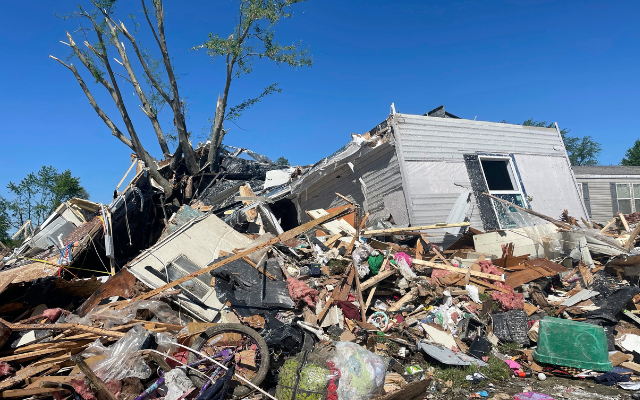Report: 329,000 Ohio Kids Stuck in Pockets of High Poverty

COLUMBUS, Ohio (1480 WHBC and Ohio News Connection) – Economic expansion after the Great Recession of 2008 has done little to get Ohio children out of high poverty neighborhoods, according to a new report.
A data snapshot from The Annie E. Casey Foundation shows that 13% of the state’s children live in areas where 30% of residents are below the poverty line.
While it’s a slight improvement from numbers during the depth of the recession, Tracy Najera, executive director of the Children’s Defense Fund of Ohio, says it still represents 329,000 children growing up with limited opportunities.
“You have neighborhoods and communities that might lack access to good nutrition, to safe and secure housing, to economic opportunities: to all these factors that lead to children growing up and thriving and being healthy,” she points out.
Najera adds that children who live in these areas face higher levels of chronic stress, greater exposure to environmental hazards and tend to earn less as adults than children who have relocated away from communities of concentrated poverty.
Scot Spencer, associate state director of advocacy for The Casey Foundation, notes some troubling racial disparities among children living in high poverty areas.
“African-American children and Native American children are seven times more likely to live in neighborhoods of concentrated poverty,” he points out. “Latino children are five times more likely. This is sort of the legacy of historic policies and certain practices that continue to exist to this day.”
Najera contends federal, state and local governments, along with the business and philanthropic sectors, must act to revitalize high poverty communities. She says solutions are within reach.
“First is making sure that everyone has access to safe and affordable housing,” she stresses. “So many stressors are alleviated from stable housing.
“Secondly, we are recommending economic development and investment – providing the capital needed for small businesses or for job opportunity and development. ”
The report also suggests policies that ensure all neighborhoods have quality schools, access to reliable transportation and safe places for recreation.
by Mary Schuermann Kuhlman



